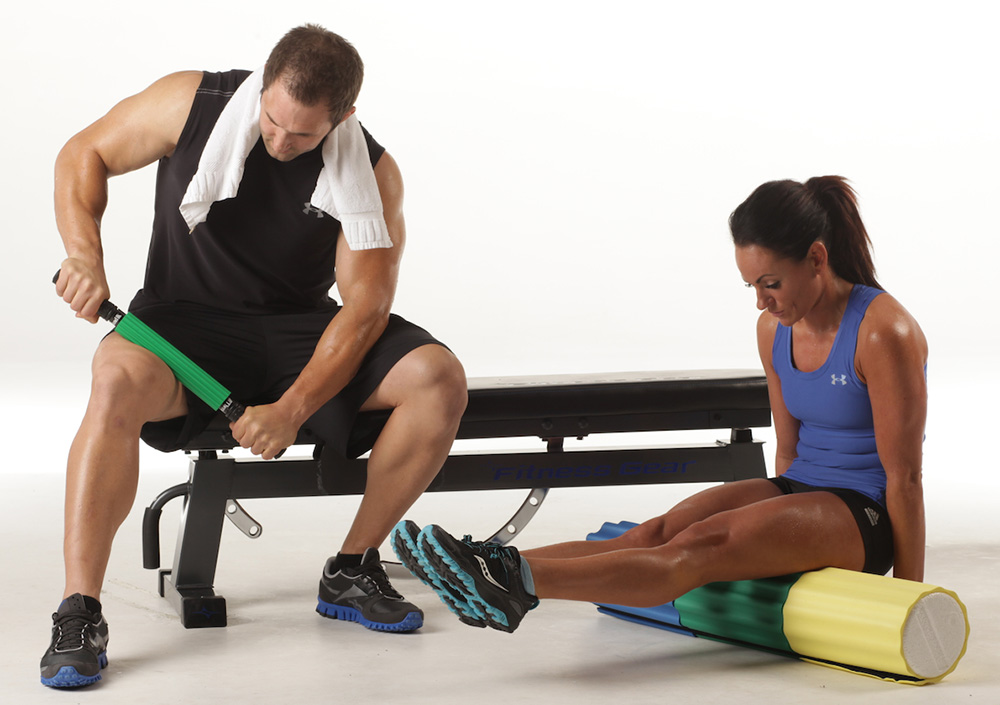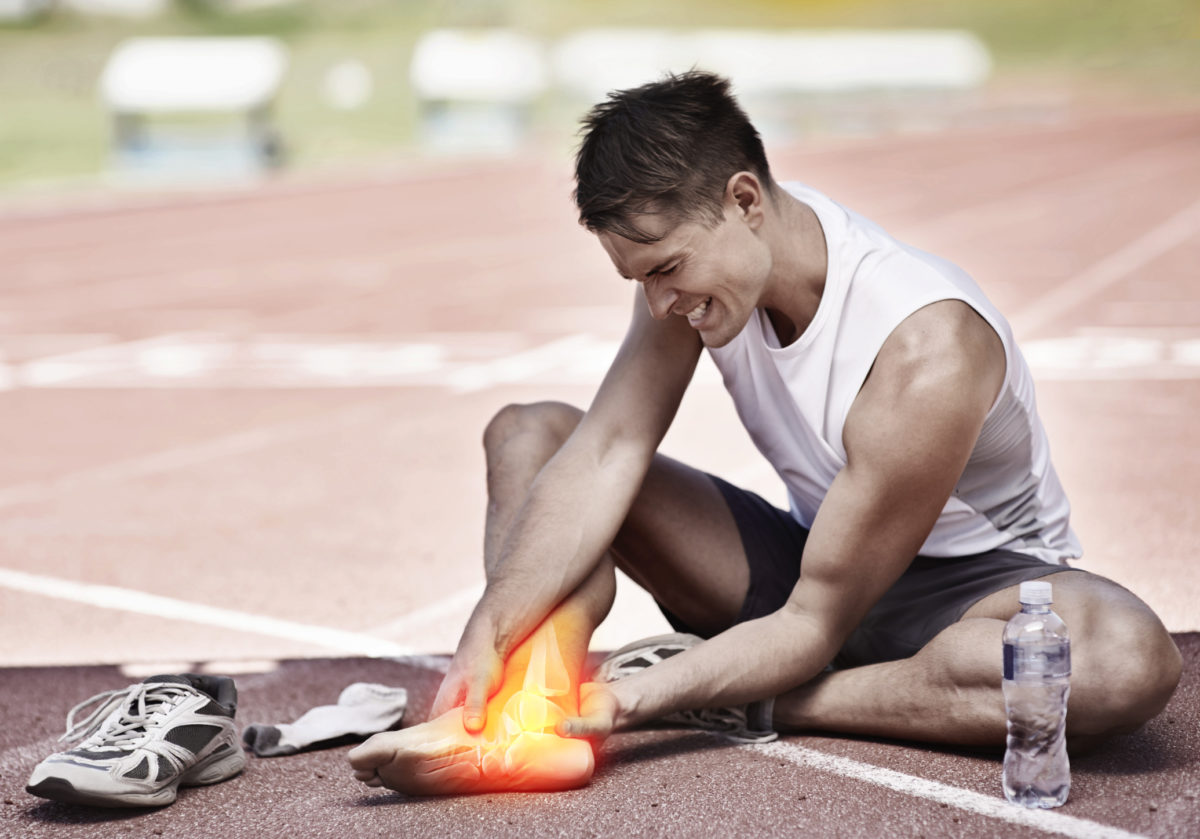
Preventing Common Sports Injuries: Tips for Every Athlete
Share
Preventing Common Sports Injuries: Tips for Every Athlete
Whether you're a seasoned professional or a weekend warrior, injuries are always a risk in sports. However, there are key strategies every athlete can implement to minimize this risk and stay in the game longer. This guide will cover essential tips for preventing common sports injuries, focusing on proper warm-ups, strength training, and recovery techniques.
1. Warm-Up Properly

Why: Jumping straight into intense physical activity without preparing your muscles can lead to strains, sprains, and overuse injuries. A proper warm-up increases blood flow to muscles, enhances flexibility, and prepares your body for the physical demands of your sport.
How to Warm-Up:
- Dynamic Stretching: Incorporate stretches that move through the full range of motion, such as leg swings, arm circles, and lunges. These prepare your muscles for the movements required during your sport.
- Sport-Specific Drills: Perform light drills that mimic your activity. For example, if you’re a soccer player, spend a few minutes passing or jogging to activate relevant muscle groups.
2. Strength Training and Conditioning
Why: Building strength in key muscle groups helps stabilize joints, improving overall body mechanics and reducing the risk of injury. Stronger muscles also absorb more impact, decreasing strain on bones and ligaments.
How to Strength Train:
- Focus on Weak Areas: Identify muscles that may be underdeveloped or prone to injury. For example, athletes often overlook strengthening the glutes, hips, and core, which are crucial for stabilizing movements.
- Train Functionally: Incorporate exercises like squats, lunges, and planks to improve overall body coordination and stability. Make sure your routine includes both resistance training and flexibility work.
3. Proper Recovery
Why: Insufficient recovery is a major contributor to overuse injuries. Giving your muscles time to heal and rebuild after intense activity is key to preventing long-term damage. Foam rolling, stretching, and good nutrition are all crucial components of a proper recovery regimen.
How to Recover Effectively:
- Stretch Post-Workout: Focus on lengthening muscles that have been contracted during exercise, particularly the hamstrings, calves, and shoulders.
- Nutrition and Hydration: Ensure you're replenishing your muscles with high-quality nutrients post-exercise. For faster recovery, try our protein powders and recovery supplements, specifically designed to reduce muscle soreness and promote faster healing.
4. Wear the Right Gear
Why: Wearing inappropriate or worn-out equipment, from shoes to helmets, increases the likelihood of injury. Proper footwear provides the necessary support for the foot and ankle, reducing strain on ligaments and muscles.
Gear Tips:
- Footwear: Replace running shoes every 300-500 miles to ensure they provide adequate support and cushioning.
- Protective Gear: Always wear sport-specific protective gear like mouthguards, helmets, or shin guards to prevent impact-related injuries.
5. Know Your Limits
Why: Pushing your body beyond its current capabilities, whether in training or competition, dramatically increases your injury risk. While pushing boundaries can lead to improvement, overtraining often results in fatigue-related injuries like stress fractures and muscle strains.
How to Train Smart:
- Listen to Your Body: Take rest days seriously and avoid playing through pain. If something feels wrong, it’s important to stop and assess the situation before making it worse.
- Cross-Training: Incorporating different forms of exercise into your routine, such as swimming or cycling, allows certain muscle groups to rest while still improving overall fitness.
Conclusion
By following these tips—warming up properly, focusing on strength and conditioning, incorporating recovery practices, wearing the right gear, and knowing your limits—you can significantly reduce your risk of injury. Remember, preventing injuries is about being proactive, not reactive.
For enhanced recovery and injury prevention, explore our premium supplements, designed to support your body’s needs and help you stay on top of your game.




